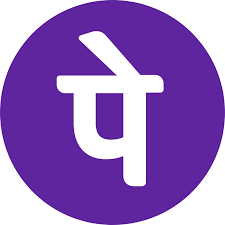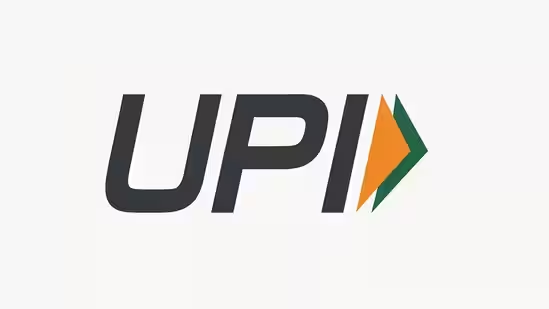Your Complete Guide to Loan Rights in India
Empowering borrowers with transparent, efficient, and fair loan management services. Understand your legal rights, navigate the complex financial landscape, and take control of your financial future today.

Empowering borrowers with transparent, efficient, and fair loan management services. Understand your legal rights, navigate the complex financial landscape, and take control of your financial future today.

A comprehensive overview of loans, their history, and their significance in the Indian financial system
A loan is a sum of money borrowed from financial institutions or individuals that is expected to be paid back with interest. In India, loans form the backbone of economic growth, enabling individuals and businesses to achieve their financial goals.
Key components of any loan include:
Personal loans can be a great tool to help streamline your budget or get money fast in an emergency.
Key components of any loan include:
While some lenders might set a minimum duration of 12 months, others may offer Personal Loans with a tenure as short as 3 months.Shorter tenures can be advantageous for those with higher monthly income, as they often come with lower interest.
Informal lending through moneylenders and indigenous banking systems
Nationalization of banks to expand credit to rural areas and priority sectors
Economic liberalization and entry of private banks and NBFCs
Digital transformation, fintech revolution, and strengthened regulatory framework
Understanding what lenders can and cannot do under Indian law
Choose from a variety of loan options tailored to your needs

Get your dream home with our flexible home loan options and low interest rates.

Drive your dream car with our easy car loan options and quick approval process.

Invest in your future with our education loans that cover all educational expenses.

Grow your business with our flexible business loan options and competitive rates.

Get the best medical treatment without worrying about expenses with our medical loans.

Meet your personal needs with our quick and easy personal loan options.
We've streamlined the loan management journey for your convenience
Fill our simple online form with basic details and required documents. Our system will guide you through the specific documents needed for your loan type.
Our experts verify your documents and eligibility for various loan options. This process includes:
Get approval notification with loan terms, conditions, and amount. The disbursement process includes:
Manage your repayments through our transparent tracking system. Options include:
Understanding the legal framework that protects borrowers' rights
The Securitisation and Reconstruction of Financial Assets and Enforcement of Security Interest Act allows banks and financial institutions to auction residential or commercial properties to recover loans.
The Insolvency and Bankruptcy Code provides a time-bound process to resolve insolvency among companies and individuals. This code has significantly changed the debt recovery process in India.
The Recovery of Debts Due to Banks and Financial Institutions Act established Debt Recovery Tribunals (DRTs) for expedient adjudication of recovery cases involving banks and financial institutions.
Our certified financial counselors and legal experts can guide you through the process
Government and legal resources available for loan-related issues
Addresses complaints relating to deficiencies in banking services including loans.
Helpline: 14448 (toll-free)
Website: rbi.org.in
Visit WebsiteSpecial tribunals for recovery cases above ₹20 lakh under RDDBFI Act.
Website: drt.gov.in
Jurisdiction: 39 DRTs across India
Find Nearest DRTFor complaints regarding unfair practices and deficiency in services related to loans.
Jurisdiction: Based on claim amount
Time Limit: 2 years from cause of action
File ComplaintFree legal assistance for those who cannot afford lawyers for loan-related issues.
Contact: District Legal Services Authority
Eligibility: Income-based criteria
Find Legal AidStep-by-step journey to get your loan approved
Start your loan journey.
Provide required proofs.
Bank checks your details.
Bank decision process.
Confirm loan terms.
Receive your loan amount.
Hear from borrowers who have transformed their loan management experience
Find answers to common questions about loan rights and management
Get in touch with our team of experts for personalized assistance
123 Financial Street, Banking District
Chennai, Tamil Nadu 700001
+91 98765 43210
+91 91234 56789
info@loanrightsindia.com
support@loanrightsindia.com
Monday to Friday: 9:00 AM - 6:00 PM
Saturday: 10:00 AM - 2:00 PM
Upgrade now for faster performance, ad-free browsing, and exclusive tools. Choose your payment method 👇

Pay securely using your Google account.

Quick UPI payments with wallet support.

Recharge, wallet, and UPI support all in one app.

Direct bank-to-bank payments.